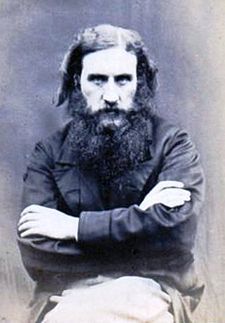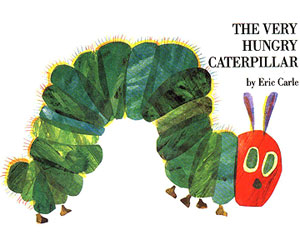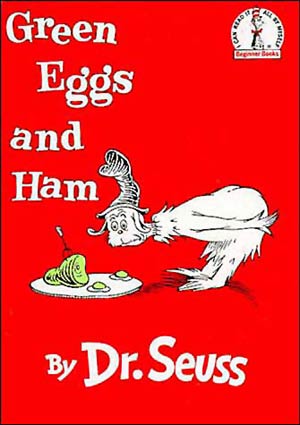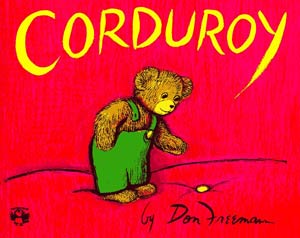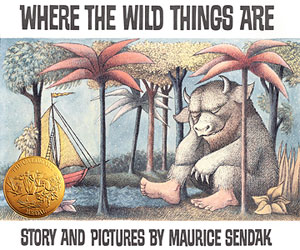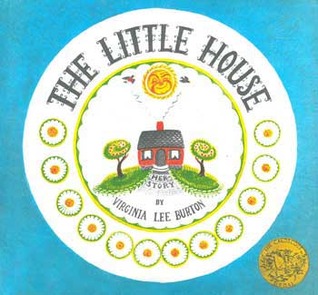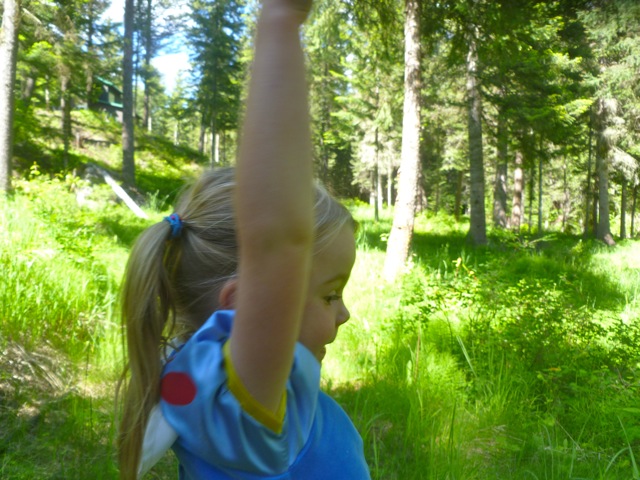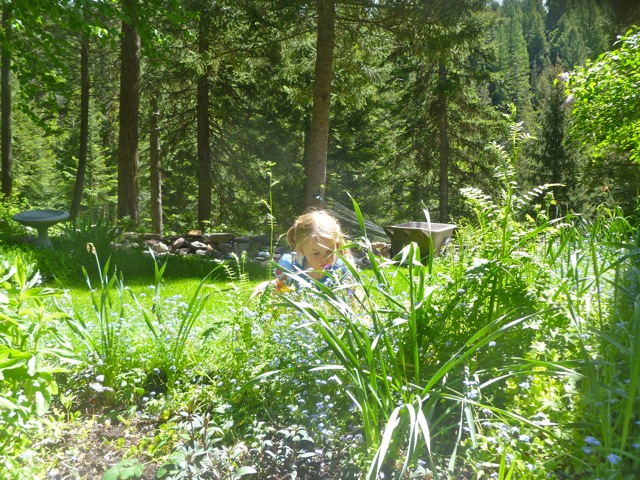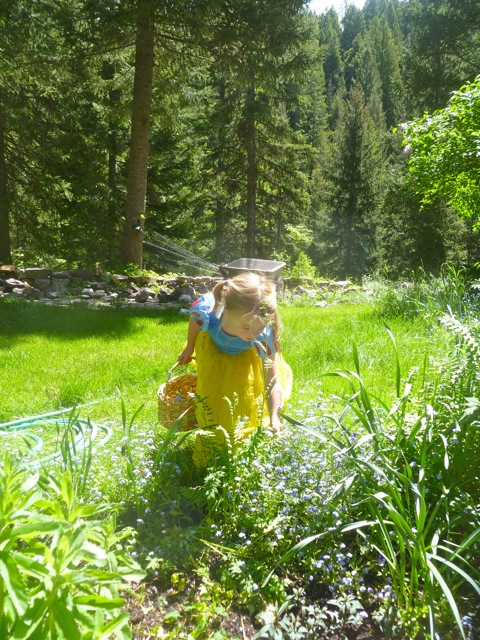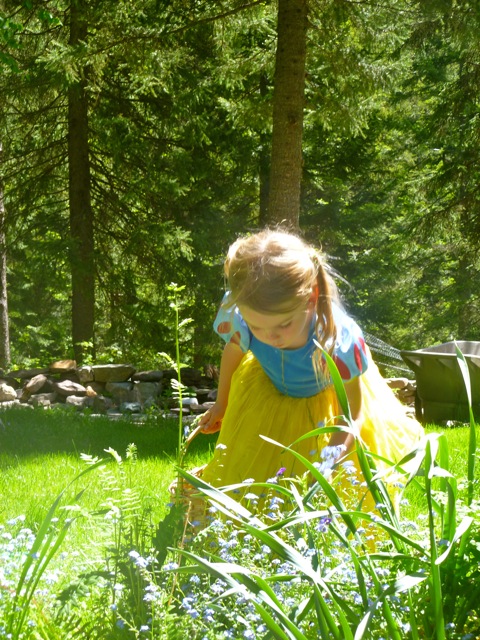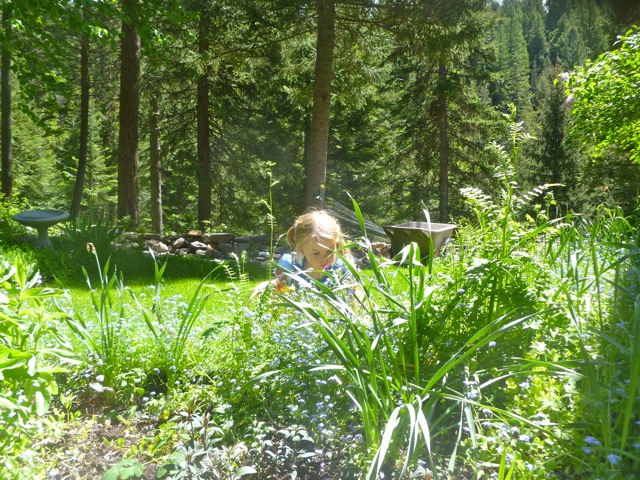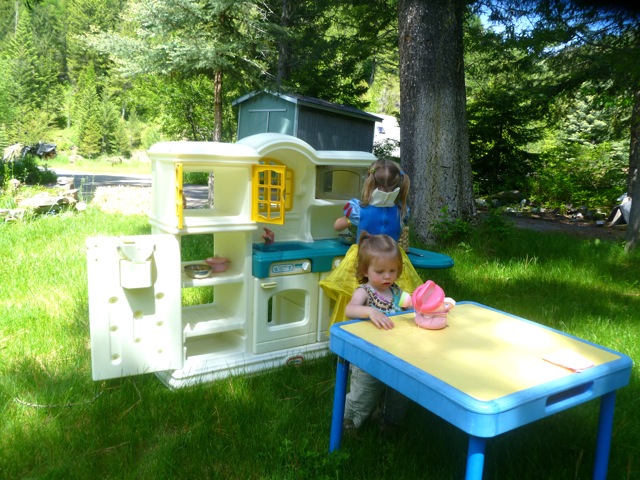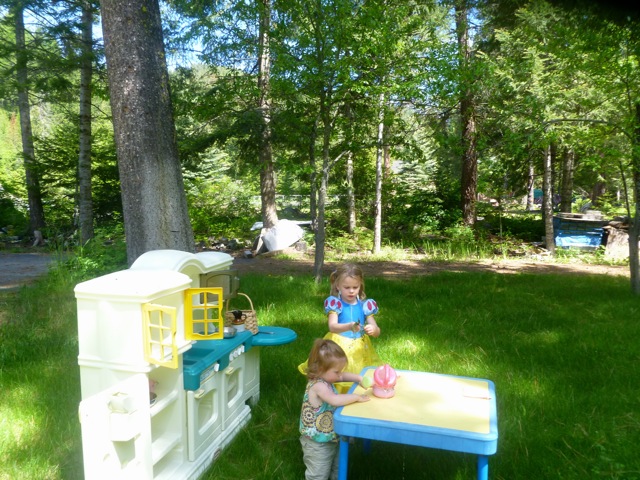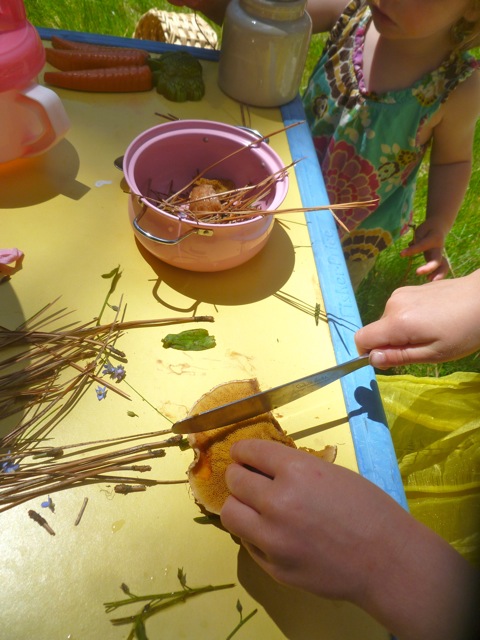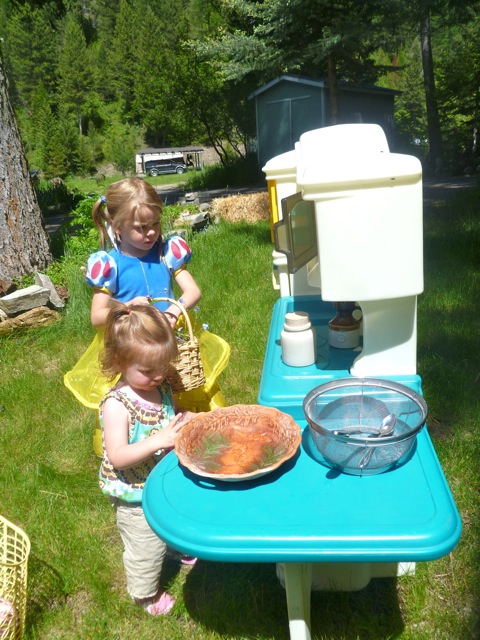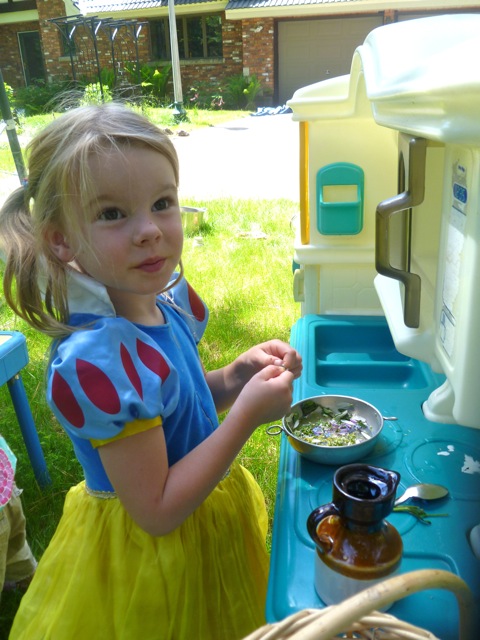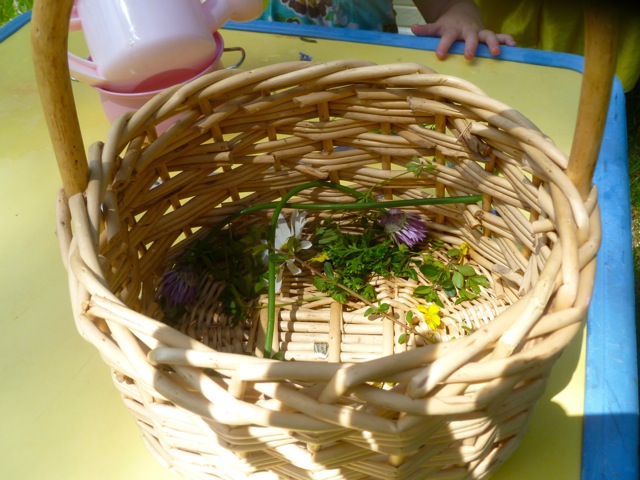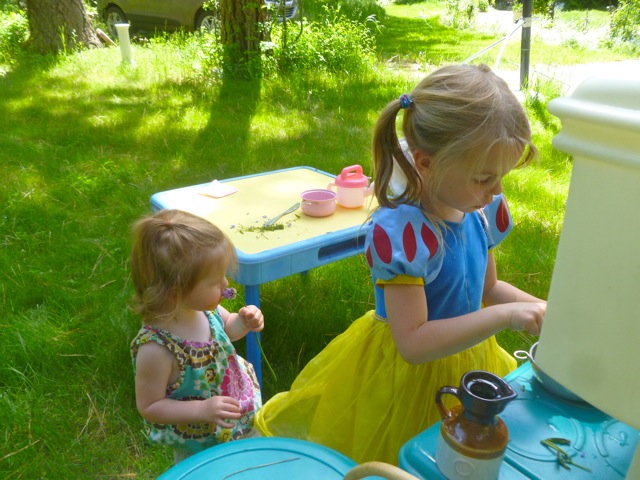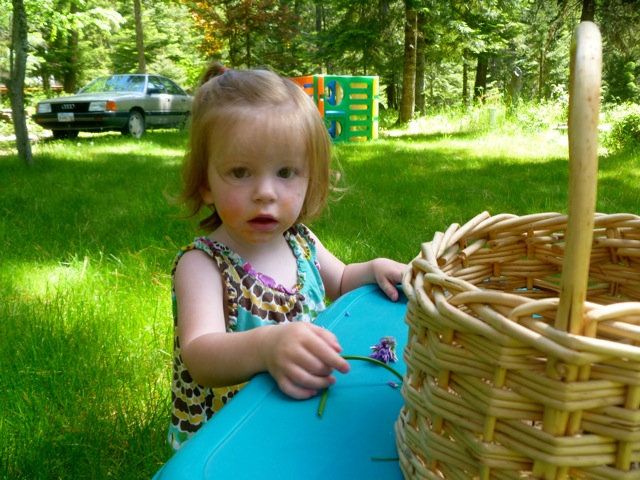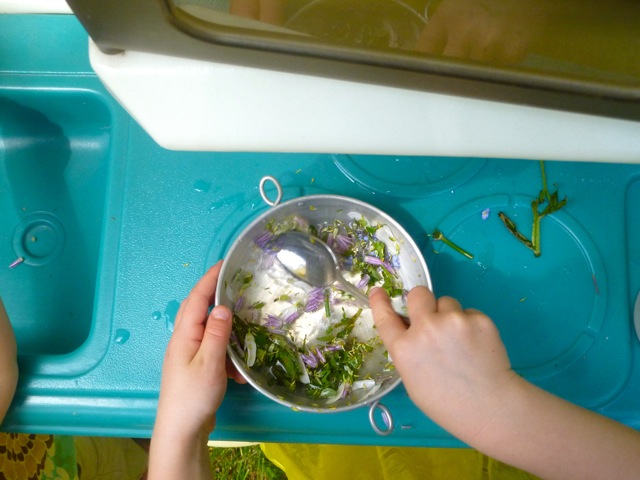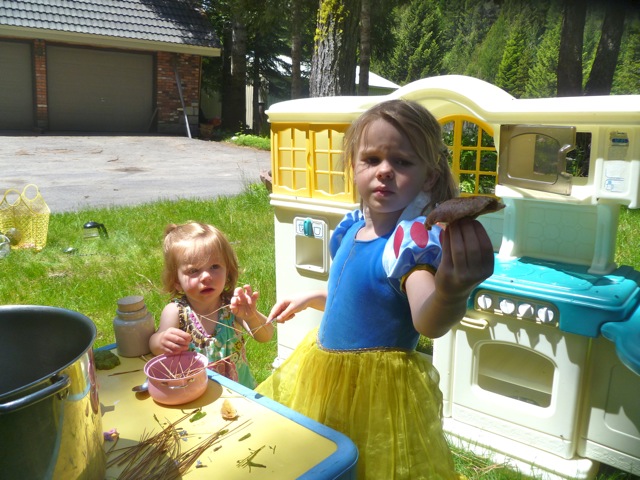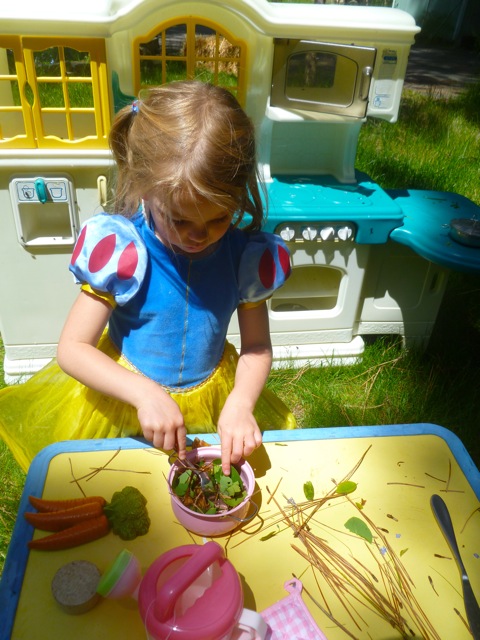Growing up in the 50‘s and 60‘s I remember hearing about Thomas Malthus and the Population Bomb and that overpopulation would cause mass starvation. Margaret Sanger thought the wrong people were having too many children. My first crosss country plane ride left me puzzled as I observed vast stretches of empty countryside.

Jonathon Last in his bestseller, “What to Expect When No One’s Expecting”, explains that what threatens America’s welfare is underpopulation rather than overpopulation. Our grandchildren won’t be able to collect their Social Security checks because there won’t be enough workers to support them. Our generous immigration policy doesn’t help much, because within one generation, immigrant birth rates decline sharply as well.
“At the heart of the West’s fertility crisis and America’s One-Child Policy,” quotes Last, “Modernity has turned us into a deeply unserious people. Yet it’s encouraging to note that while our fertility problem is more dire than it has ever been, neither the predicament itself, nor its root causes, are new. Having children is difficult but important work and the main threat to fertility comes from a worldview that places the self at the center. Children are seen as a burden rather than as a source of joy.”
The Population Bomb never exploded. It was all bunk, and European countries are fading away even faster than the US. Italy and Greece are ‘museums’, and Japan already sells more adult diapers than infant diapers.
A sensational Time Magazine article by Jennifer Senior a few year ago called “All Joy and No Fun” describes her life as a parent. A comment about the article quipped, “Well, she has it half right!” Being a parent really is hard work and expensive, no one can deny.

An August 12 Time magazine article featured “The Childfree Life, When having it all means not having children” on it’s cover. The article points out that one in 8 high income women expect to remain childless. Women put off work because of work, education, or the lack of a good mate.
Last and his wife moved out of Old Town DC before having their second child “because we believed that family life was more important. And if you believe in anything seriously enough–God, America, the liberal order, heck, even secular humanism–then eventually babies must follow.”
After exploring failed efforts in France, Spain, Singapore, Japan, and other countries, the author comes up with some simple but radical and practical ideas:
1. Better roads. Parents are more likely to have more children if they can live in the suburbs in a home with a grassy yard, impossible to afford in the major hubs where the jobs are, like LA, Silicon Valley, New York or DC.
2. Telecommuting. Telecommuting has the capacity to return us to a world where the extended family is a part of daily life and returning the home to the center of economic activity in America. The advent of a three generation household, or at least living in the same neighborhood, and having grandparents care for children and children being close by seniors as they age, would make child-rearing more doable. Industrialized Day Care Centers and Retirement homes is a 30 year historical abbertion, according to Last.
3. College. Changing he college system by allowing a nationalized standardized testing. College costs have risen 1000% . While goods and services have decreased in cost, and increased in value, college has increased 1000% while the quality has gone down. NPR reported this week that in Ivy League colleges, dorms and meals cost even more than the tuition! Young people hold off on marriage and bearing children to finish
college, then they have huge debts to pay off, so marriage and childrearing wait. The more education a woman has the lower number of children she generally has.

4. Immigration. A lesson from Japan and France is that every Industrialized country needs immigration to prop up its fettility. Because of Europe’s “policy choices made by adherents of a truly radical faith: multiculturalism” they are now realizing that they have made a terrible mistake, and it is now publically acknowledged. Europe as we know it will fade away in the next few generations, “replaced by a semi-hostile Islamic ummah.” Only the name will remain the same. However in America we have done a good job of integrating immigrants.
5. Social Security: Last has an interesting idea of exempting parents who raise more than two chidren from Social Security since they are raising the future workers who will be supprting the rest of us.

